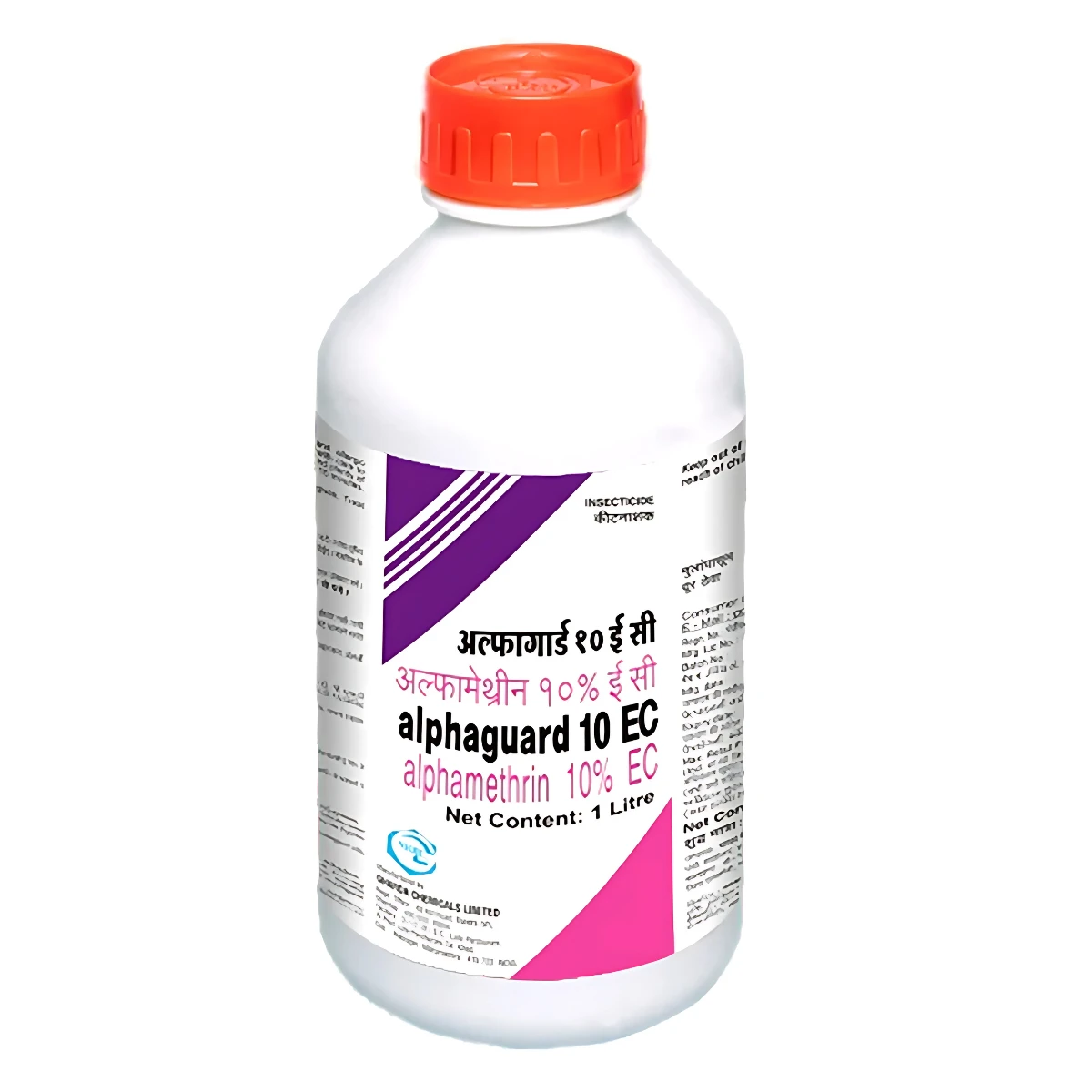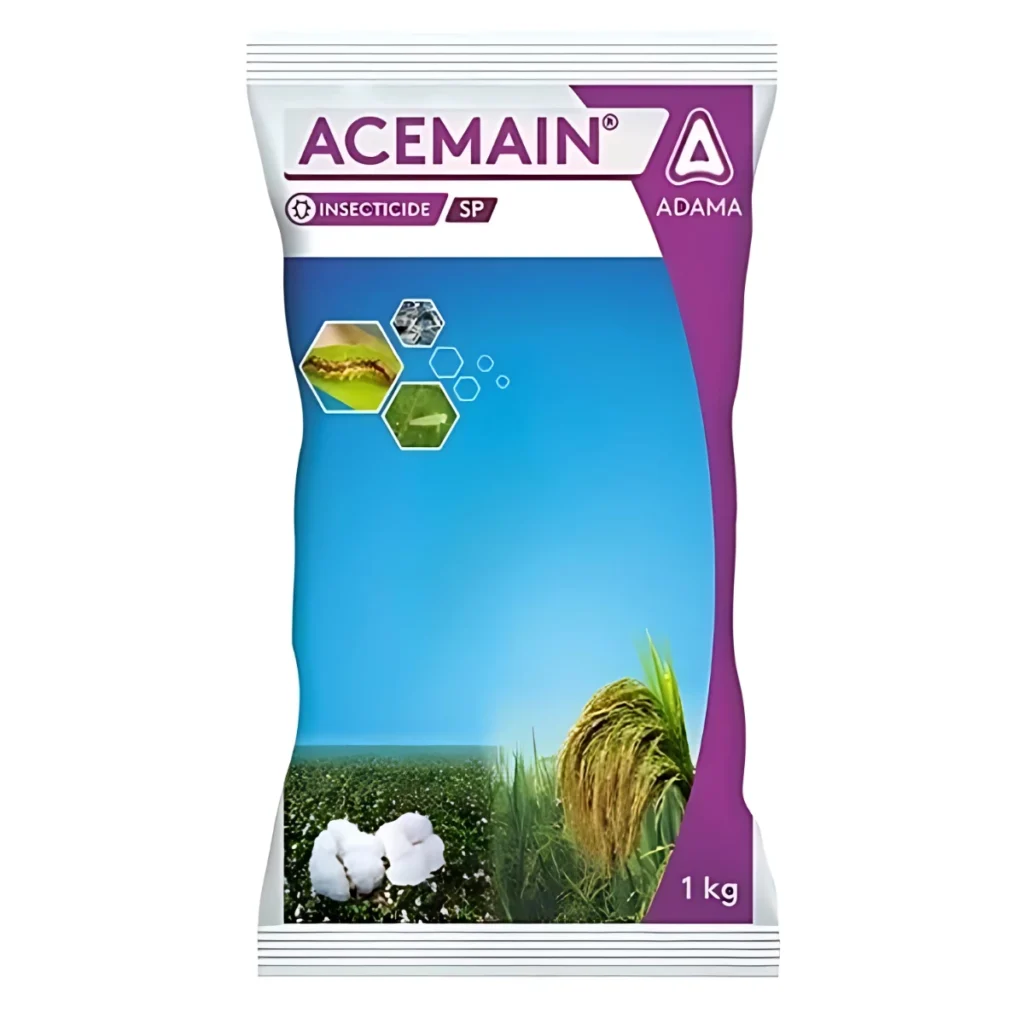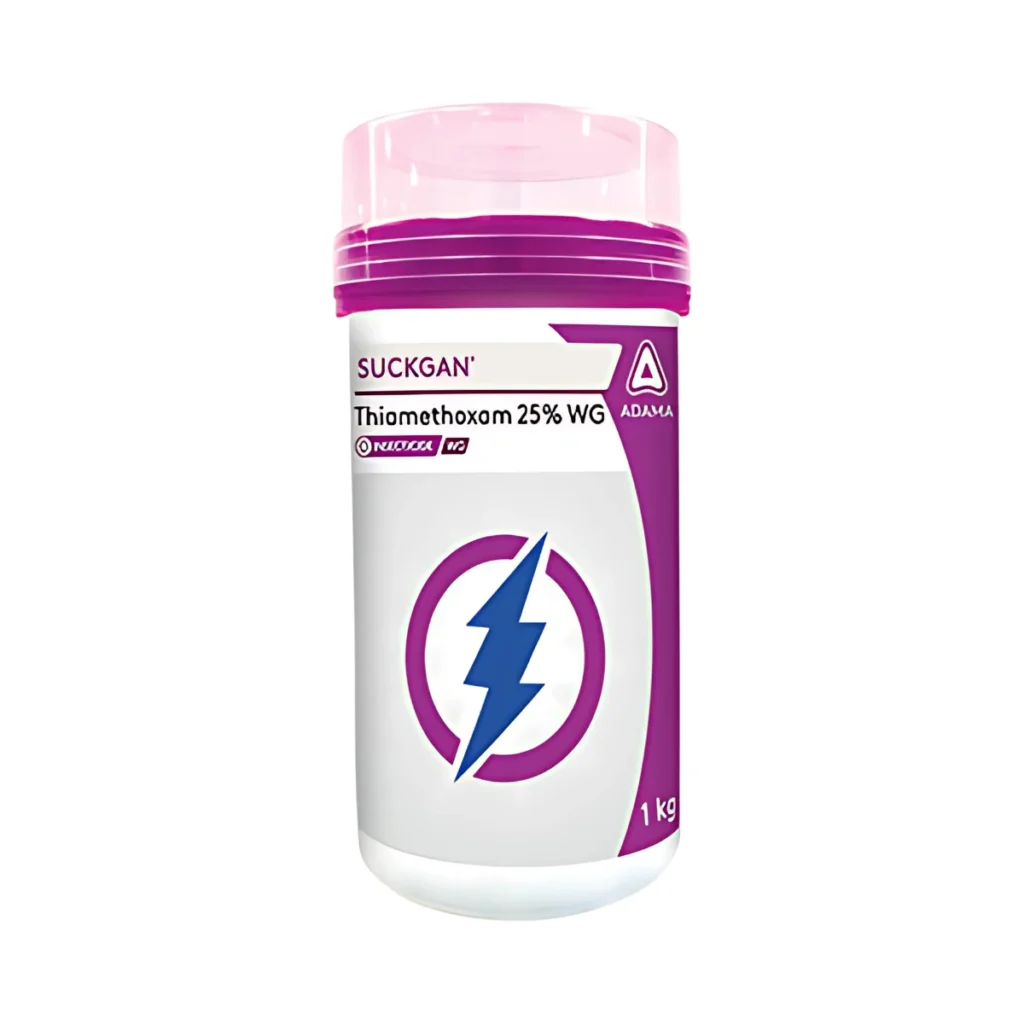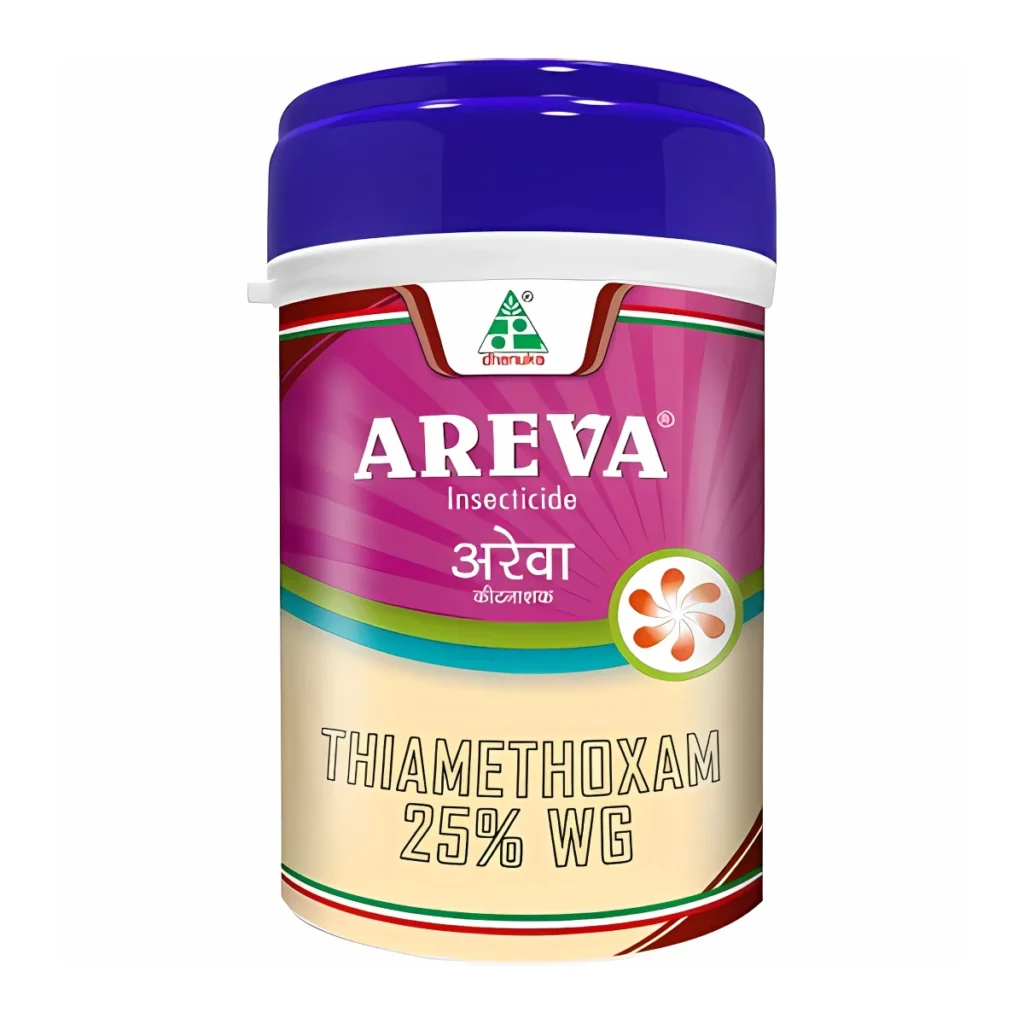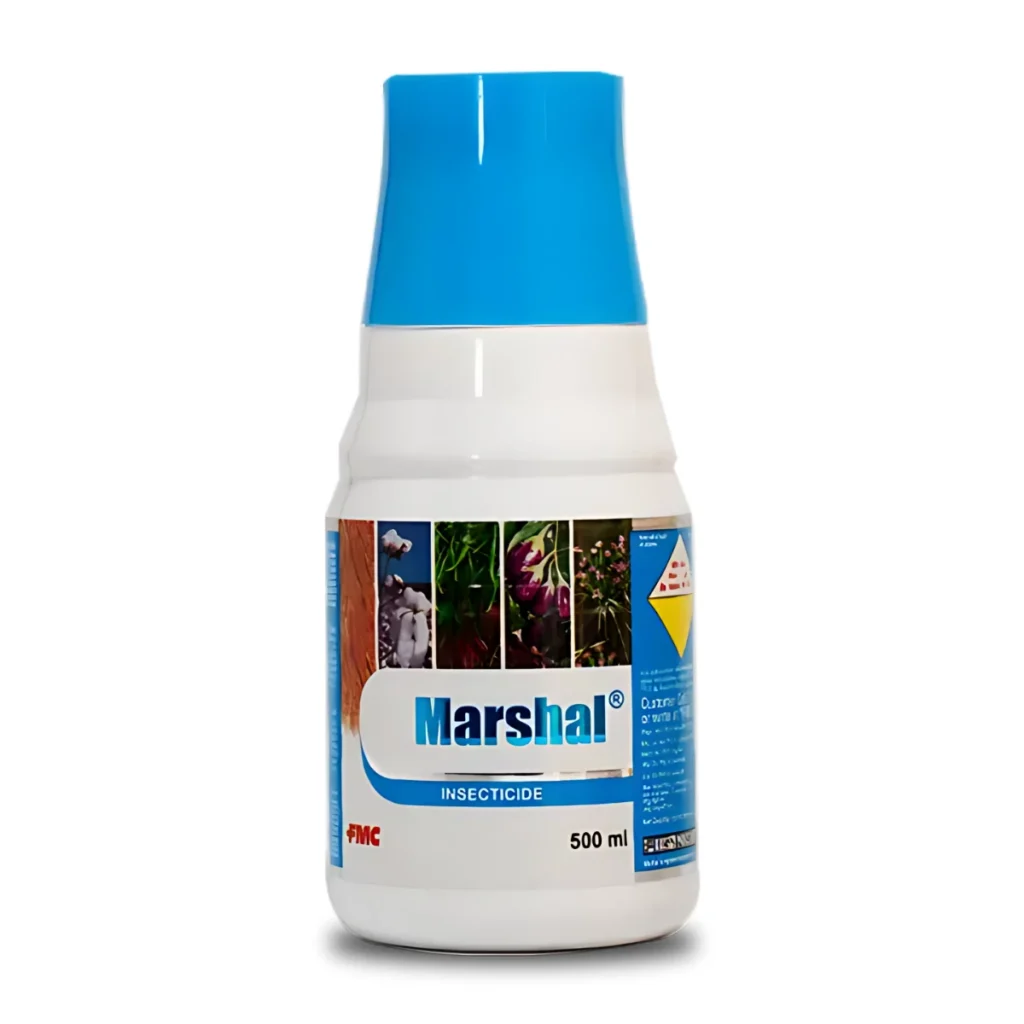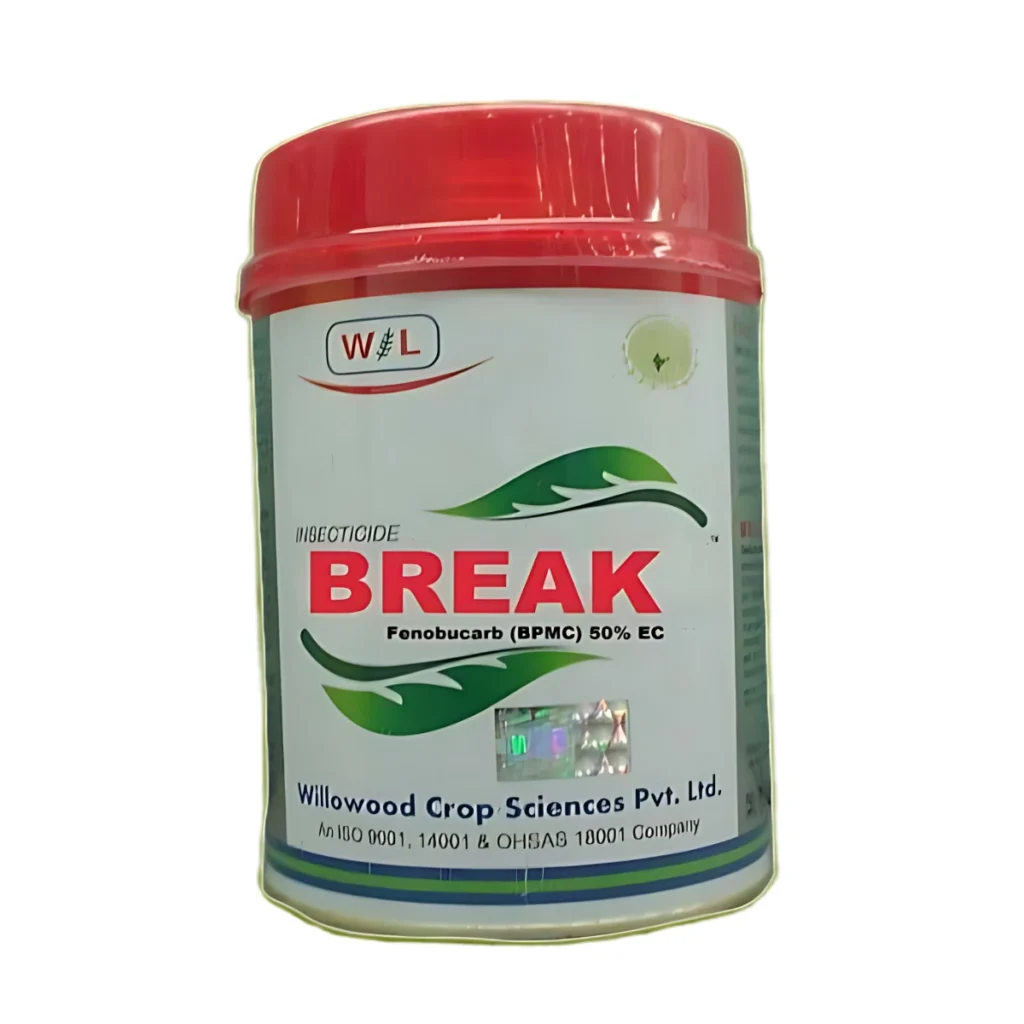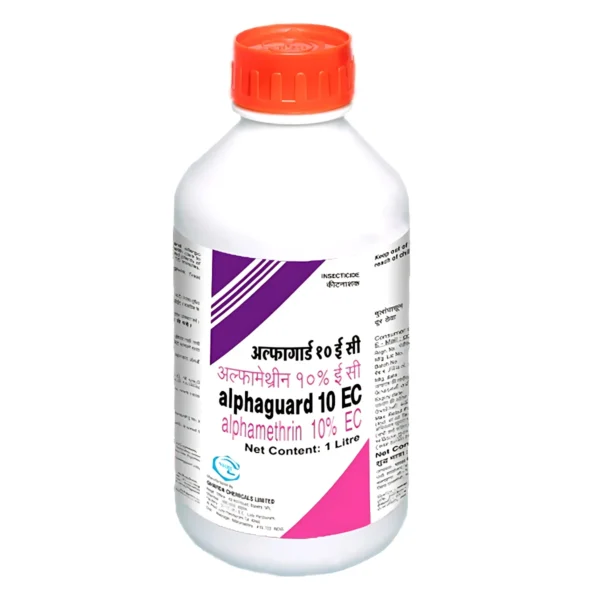Gharda Alphaguard
Alphaguard is an emulsifiable concentrate formulation of the synthetic pyrethroid insecticide alphamethrin. It is used for the control of various pests in agriculture, horticulture, and public health. Its high concentration makes it effective at controlling a wide range of insects.
Gharda Alphaguard – High-Potency Insecticide for Broad-Spectrum Pest Control
Gharda Alphaguard is a powerful synthetic pyrethroid insecticide formulated with Alphamethrin 10% EC. It provides rapid knockdown, effective residual activity, and broad-spectrum pest control for various crops, including cotton, cereals, pulses, vegetables, fruits, and tea. With dual contact and stomach action, it ensures comprehensive pest elimination while being cost-effective due to its high-concentration formulation.
How Gharda Alphaguard Works
The mode of action of Gharda Alphaguard ensures:
-
Instant paralysis and mortality of pests via sodium channel disruption
-
Dual contact and ingestion effects, making it highly effective against both active and hiding pests
-
Residual protection, reducing the need for frequent applications
-
Minimized environmental impact, due to low persistence compared to other insecticides
Key Features & Benefits of Gharda Alphaguard
Fast-Acting & Effective – Rapid knockdown reduces crop damage
High-Potency Formulation – More control with lower application rates
Wide Range of Pest Control – Targets key agricultural pests
Cost-Effective – Reduces application frequency and costs
Environmentally Considerate – Shorter residual activity for minimal impact
Usage & Dosage Recommendations for Gharda Alphaguard
For optimal pest control, apply Gharda Alphaguard as per the recommended dosage:
| Crop | Target Pests | Dosage per Hectare (ml) |
|---|---|---|
| Cotton | Bollworms, Aphids, Thrips, Jassids | 165-280 |
| Cereals, Pulses, Vegetables, Fruits, Oilseeds, Tea, Tobacco | Aphids, Mites, Beetles, Thrips, Flies | 250 |
For best results, follow regional agricultural guidelines and product label instructions.
Method of Application
Preparation & Mixing
-
Shake the Gharda Alphaguard container well before use
-
Measure the recommended dosage and dilute it in water
-
Stir thoroughly to create a uniform emulsion for application
Application Guidelines
-
Foliar Spray: Apply evenly on crop foliage, ensuring thorough pest coverage
-
Apply at early pest detection for maximum effectiveness
-
Reapply if necessary, based on pest pressure and crop conditions
Post-Application Guidelines
-
Clean spraying equipment after use to prevent contamination
-
Monitor treated crops for effectiveness and apply additional treatments if required
Safety & Compatibility Precautions
-
Use appropriate protective equipment (PPE) when handling and spraying
-
Avoid application during extreme heat or before rainfall for optimal effectiveness
-
Do not apply near water sources to prevent contamination
-
Store in a cool, dry place away from direct sunlight and moisture
Best Practices for Using Gharda Alphaguard
To achieve maximum pest control, follow these best practices:
-
Apply early at the first sign of pest activity for better suppression
-
Use the correct dosage to prevent pest resistance buildup
-
Ensure uniform application to maximize pest elimination
-
Follow safety guidelines to protect yourself and the environment
Key Characteristics of Gharda Alphaguard
Active Ingredient: Alphamethrin 10% EC
Formulation Type: Emulsifiable Concentrate (EC)
Mode of Entry: Contact & Stomach Poison
Broad-Spectrum Efficacy: Controls aphids, mites, beetles, thrips, and other crop-damaging pests
High Concentration Formula: 10% EC for effective control at lower application volumes
Quick Knockdown Action: Immediate paralysis and pest mortality
Low Environmental Persistence: Reduced long-term environmental impact
Final Thoughts on Gharda Alphaguard
With its fast-acting knockdown, broad-spectrum pest control, and cost-effective formulation, Gharda Alphaguard is an ideal insecticide for modern farming. It ensures healthy crops, improved yields, and reduced losses.
For accurate dosage recommendations, always refer to the product label or consult local agricultural experts before use.



